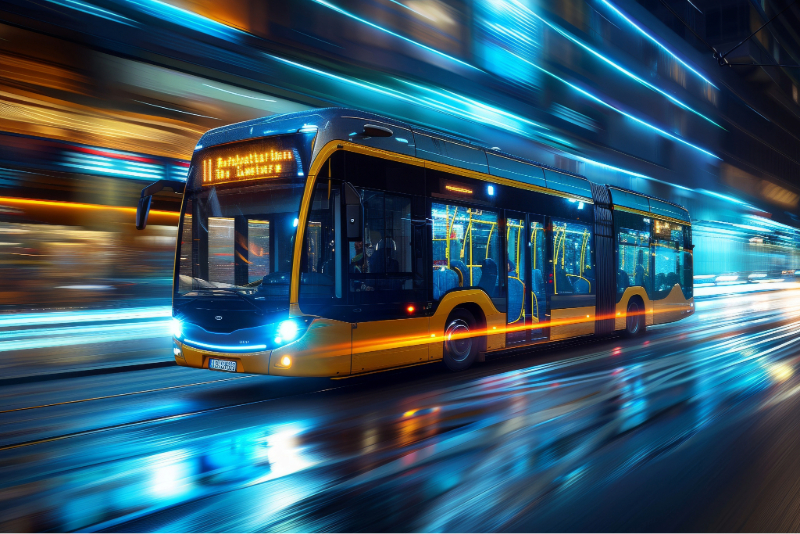Quick Reference: Steps After a Lynnwood Transit Accident
- Seek Medical Attention Immediately: Even minor injuries can worsen; get evaluated to protect your health and establish documentation.
- Report the Incident: Notify the driver, operator, or station staff. Ensure an official report is filed and request the report number.
- Document the Scene: Take photos, gather witness info, and note transit details (vehicle number, location, time).
- Track Your Symptoms: Keep a record of medical visits, symptoms, and how the injury affects your daily life.
The Lynnwood area has seen a major expansion in public transit, including the Swift Orange Line and the Lynnwood Link Extension. With the increase in passengers comes a natural increase in transit-related incidents. If you’ve been injured while riding a Swift Bus, Sound Transit Link Light Rail, or in a carshare headed to or from Lynnwood, knowing what to do next can help protect your health, your rights, and your potential claim.

Prioritize Your Health First
Whether you’re on a moving bus or exiting a Link train, the chaos of an accident can be overwhelming. Always seek medical attention immediately—even if your injuries seem minor. Internal trauma or delayed symptoms like concussions or soft tissue injuries are common in transit-related accidents.
Report the Incident
Make sure the operator, driver, or station staff files an official incident report. If you’re on a Swift bus or Link train, the agency operating the vehicle (Community Transit or Sound Transit) should log the incident. Ask for a copy or at least get the incident report number for reference.
If the accident involved a collision with another vehicle, call 911 to ensure law enforcement arrives to document the crash scene. This is especially critical if a third-party vehicle is involved—such as a rideshare, delivery van, or private car.
Collect Evidence If You’re Able
If you are physically able, try to:
- Take photos of the scene, any visible injuries, and the vehicle(s) involved.
- Record the bus or train number, route, and time of day.
- Get names and contact information for any witnesses.
- Note environmental conditions like lighting, signage, and platform conditions.
These small steps can later make a big difference when dealing with insurance or pursuing a claim.
Understand the Complex Web of Liability
- Transit-related accidents in Washington often involve multiple parties:
- Transit agencies like Sound Transit or Community Transit.
- Drivers of third-party vehicles who may have caused the crash.
- Carshare services like Zipcar or Uber that intersect with transit stations.
- Municipal entities responsible for maintaining bus stops, platforms, or intersections.
Determining liability isn’t always straightforward, and government agencies have unique procedures and shorter timelines for filing claims—sometimes as little as 60 days.
Contact a Local Personal Injury Attorney
Every situation is unique. Consulting with a personal injury attorney who understands the Lynnwood area’s transportation infrastructure can help you navigate:
- Medical documentation and treatment logistics.
- Claim deadlines specific to public entities.
- Communications with insurance companies.
- Determining liability in complex, multi-party incidents.
At Bridge Law, we offer consultations for people injured in transit-related accidents. Our office is deeply familiar with the local transit systems, including new developments like the Lynnwood Link Extension and the Swift Orange Line. We’re here to help you get clarity on your options, without pressure or confusion.
